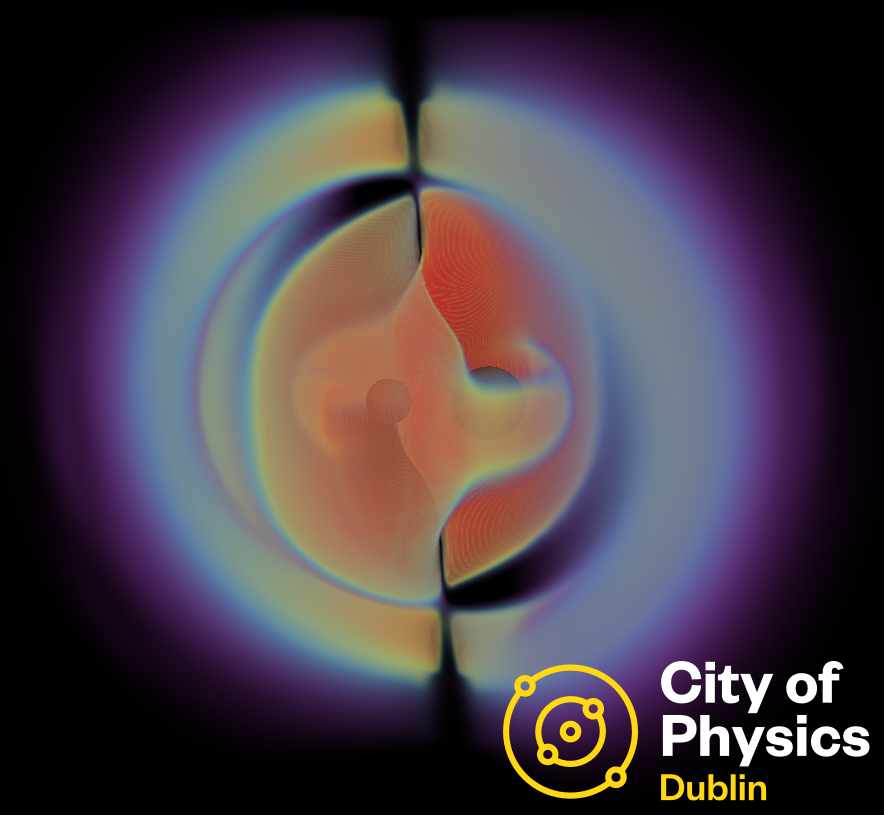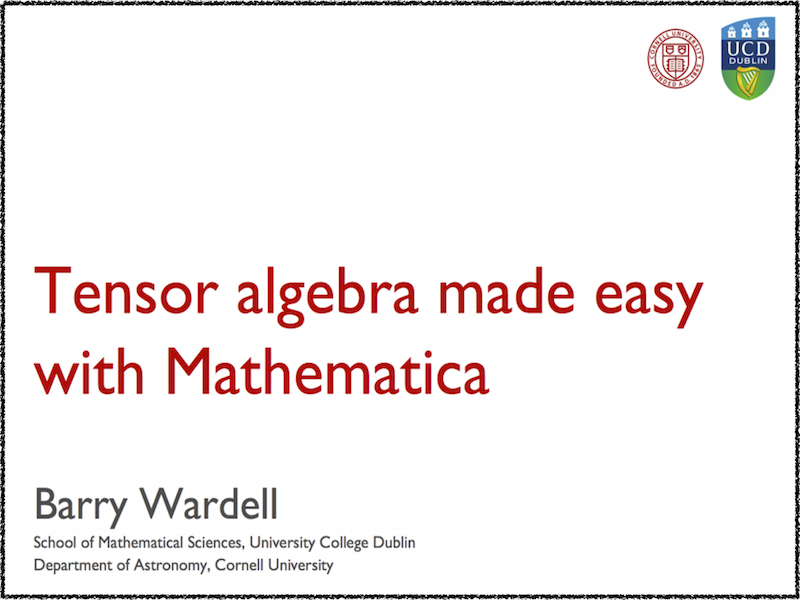Yesterday was an incredibly exciting day for everyone in the gravitational physics community. After months of rumours, the LIGO collaboration made the spectacular announcement that they have achieved the first ever direct detection of gravitational waves. It’s difficult to put into words the enormity of their accomplishment. It’s a shoo-in for a Nobel prize (probably for LIGO’s three founders Kip Thorne, Ronald Drever and Rai Weiss) and has been widely heralded as one of the biggest scientific breakthroughs of our time. As if that wasn’t enough, the gravitational waves – which were detected by both LIGO detectors on September 14, 2015 at 09:51 UTC – were generated over a billion years ago by the merger of a binary black hole system. So in one go the discovery has made two huge scientific breakthroughs: it has confirmed Einstein’s prediction that gravitational waves exist and can be detected on Earth; and it has confirmed that black holes exist and can appear in binary pairs.
It was particularly impressive that the announcement came along with the simultaneous publication of a peer-reviewed paper in Physical Review Letters (also on arXiv), along with 12 other papers giving all of the nitty–gritty technical details and a full release of the data from the detection, which has been given the name GW150914. The real excitement now is what’s next. Detecting gravitational waves was just the start; as LIGO continues to collect data and its sensitivity is improved we can expect to see gravitational waves from a whole host of other sources including binary neutron stars, supernovae and relic gravitational waves from the first instants after the big bang.
Looking further into the future, the next grand challenge will be to take gravitational-wave detection into space, where it is unaffected by the low-frequency noise encountered on the Earth. We have already made the first steps towards this challenging goal: the LISA pathfinder technology demonstrator mission was recently launched into space and is set to begin tests within the next few weeks. This will be followed up by the European Space Agency’s eLISA mission, which will take three LIGO-like interferometers, scale the arm lengths up from 4km to several million kilometres, and launch them into space. The mission will open gravitational wave astronomy up to a whole host of new sources including super-massive black hole binaries and extreme-mass-ratio inspirals.
For more details on yesterday’s announcement, you can watch the full thing, listen to the signal they found, and view some
movies produced by the SXS collaboration using numerical relativity simulations.

 On Tuesday, March 24 2015 I gave a talk at Perimeter Institute in Waterloo, Canada. In the presentation, I described
On Tuesday, March 24 2015 I gave a talk at Perimeter Institute in Waterloo, Canada. In the presentation, I described